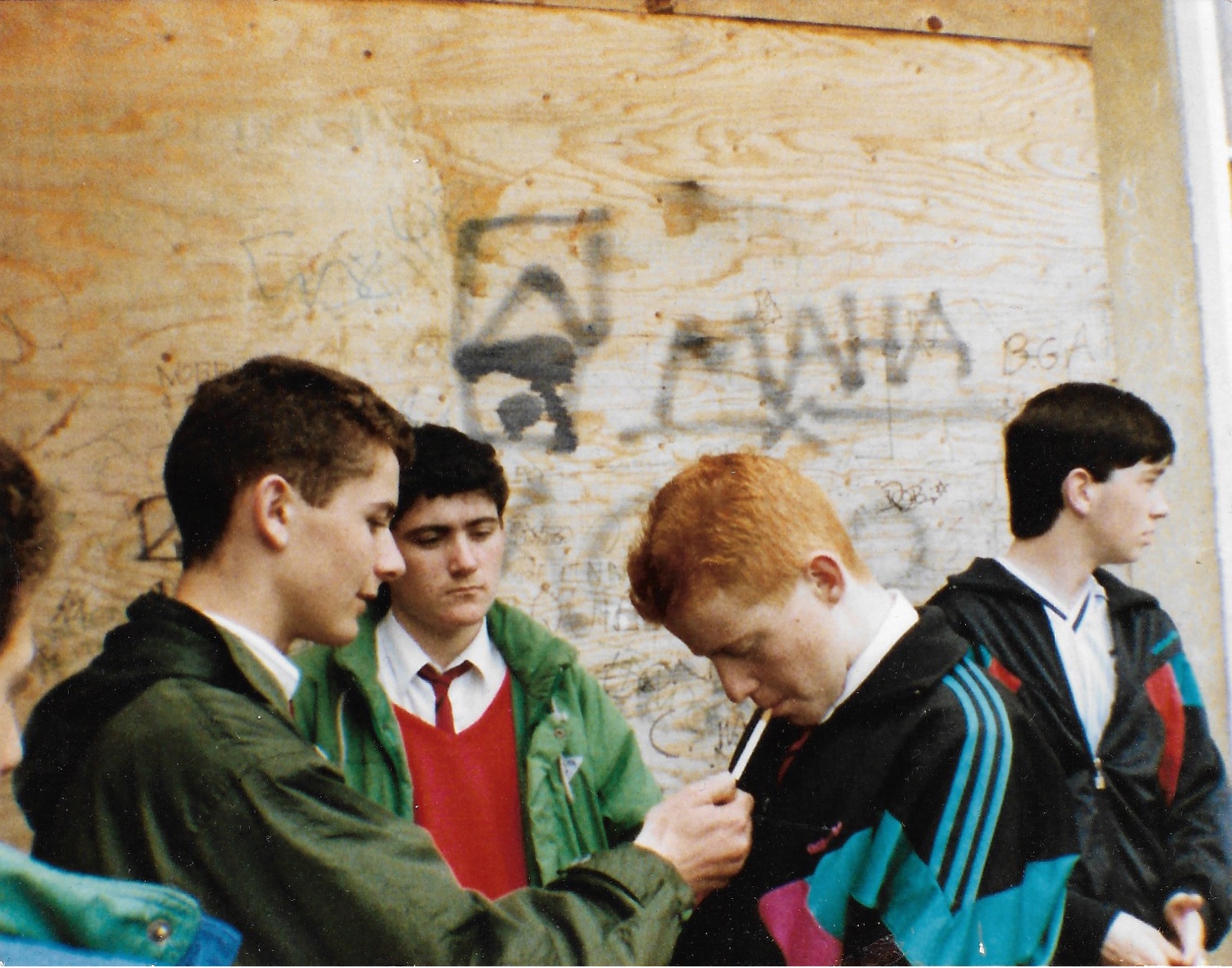It might clash with Fred Perry’s competitive heritage, but sport-less sportswear has a subcultural legacy all on its own. Wearing synthetic tracksuits and outerwear for anything other than their original purpose is a subversive act in itself; a challenge to established dress codes. And the more these pieces become associated with different sections of society, the more anti-establishment they feel. But beyond sending a disruptive message, the shell suit has a deeper relevance, inspired by a vintage-driven resurgence of technical sportswear fanatics.
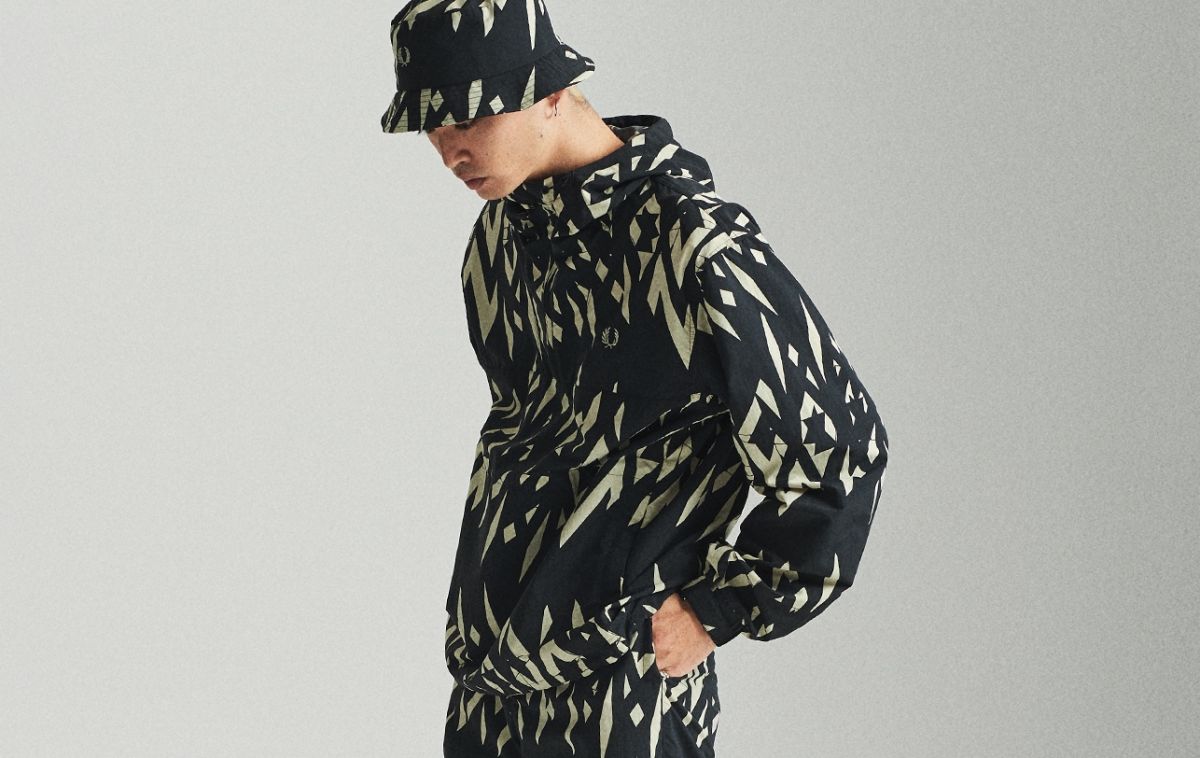
Shell Suits
Words by Ben Purdue
Photos courtesy of the Museum of Youth Culture
From playing fields, to gabber raves, we pay testament to the ever-practical shell suit.
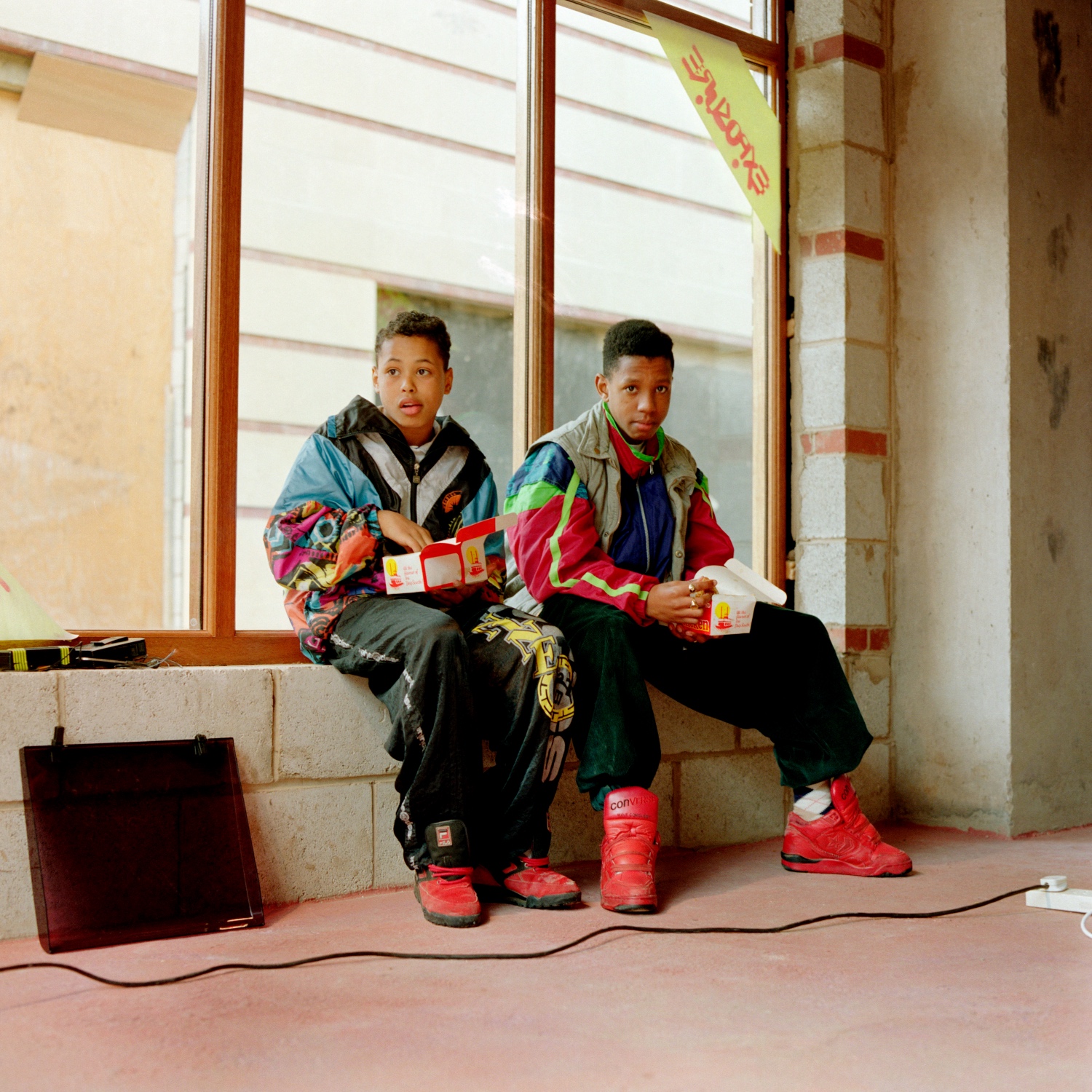
Tracksuits, and especially shell suits, have often been used to label and stigmatise. Everyman clothing treated as a signifier of the working classes while robbing them of an identity. A look connected with criminality, not unlike the hoodie. The reality being of course that for generations of UK youth, sportswear was accessible and practical - comfortable clothing that people really wore. An ironic take on the principles of leisurewear, given the grim political context. And, overlapping with Fred Perry’s own cultural history, as new creative movements built around music and self-expression emerged from the margins, synthetic sportswear took on new meaning.
The UK’s growing hip hop scene of the late 80s and early 90s, from London B-Boys to the bass-heavy grooves of Bristol, was fertile ground for the shell suit. US tracksuit influences mixing with a homegrown appreciation for functional garments that could handle British weather systems, let alone sound systems.
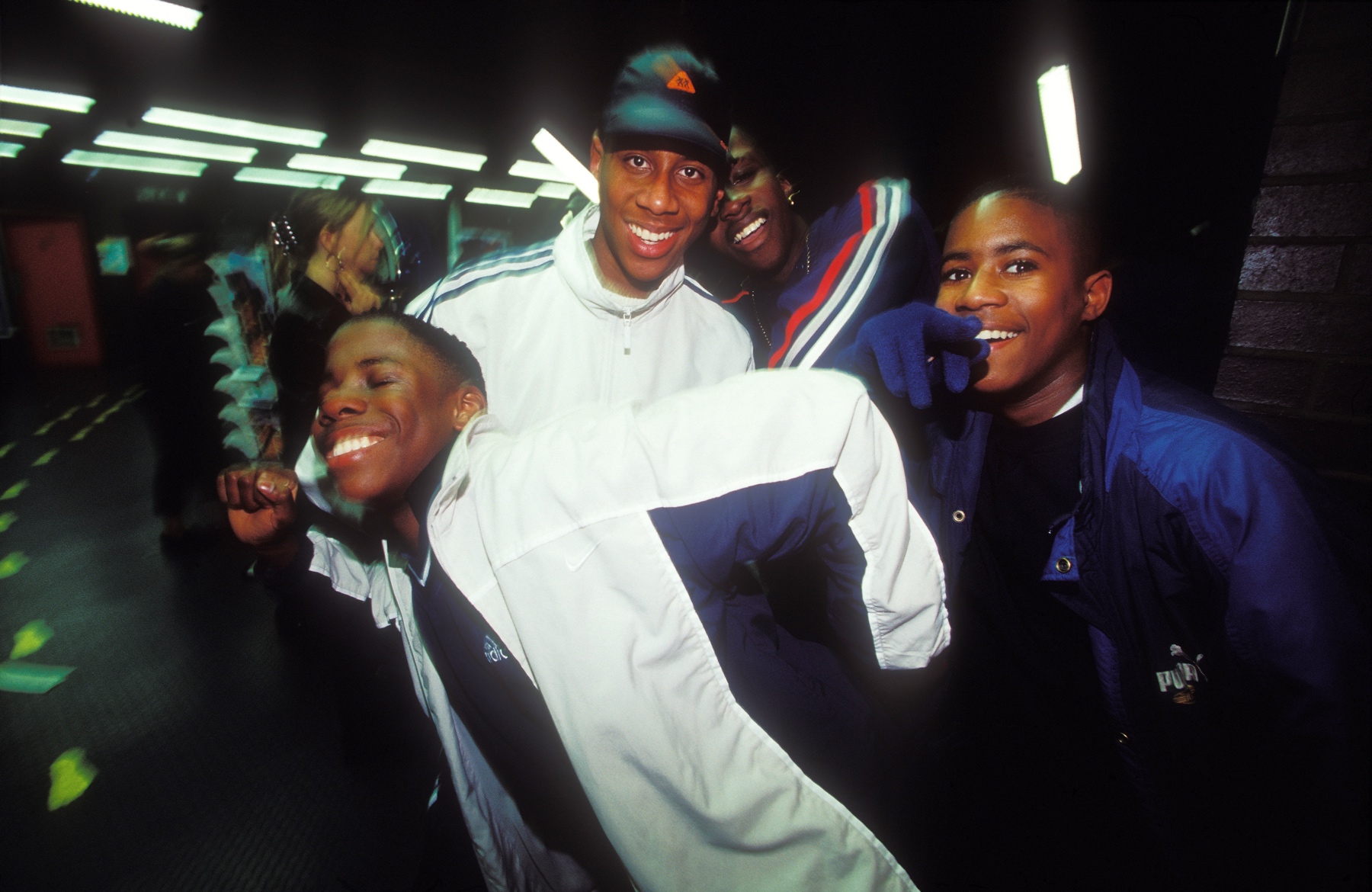
Around the same time, Gabber’s spread across Europe from the Netherlands imported another point of view, as sportswear shaped a hardcore techno look. “The classic gabba boy has a small, shaven head with bright pink ears sticking out from the skull, making him look like an alien,” writes Simon Reynolds in the indispensable Energy Flash: A Journey Through Rave Music and Dance Culture. “His pale, gaunt, speed-freak torso peaks out from a patterned tracksuit top that looks like a tie-dye shell suit, but which can cost up to £500 quid.”
Madchester’s working-class roots, combined with the city’s infamous rainfall, inspired a tracksuit-like loose-fit uniform for the baggy scene in which waterproof synthetics played a major role, from nylon shell jackets to Gore-Tex sailing gear. And it’s this crossover that most resembles today’s 90s-led focus on technical sportswear for the street, mixing archive references with modern innovations, impacting everywhere from Depop to Dior.
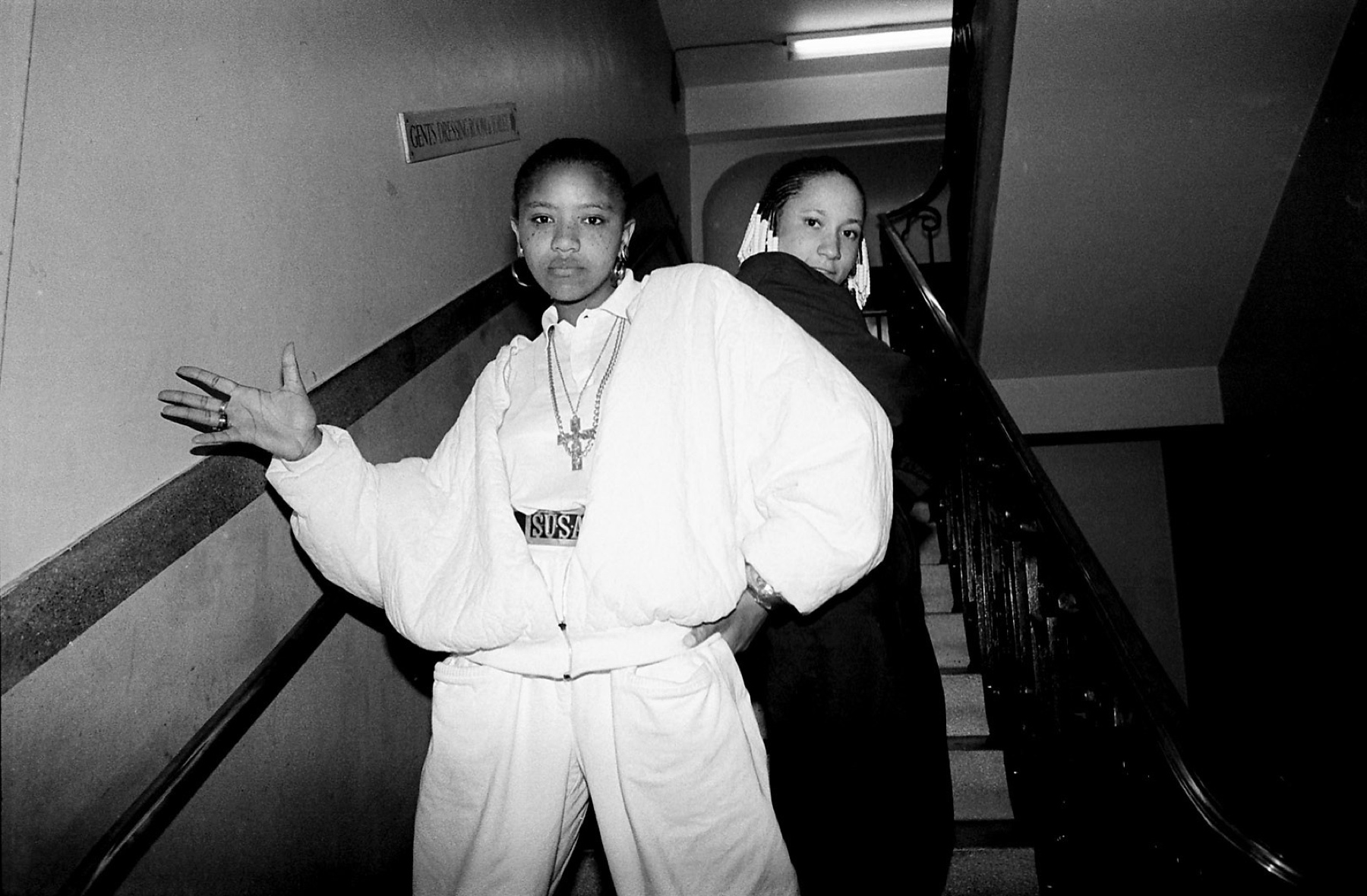
At the forefront is a new generation of specialised resellers and their influential community, rooted in a shared passion for vintage sportswear. “Technical garments have a bit of a cult following. If you know you know, and if you want to know then you will,” says stylist and collector Louis Holsgrove, whose Holsales webshop is a digital destination for rare tactical grails. “These are pieces for the individual who researches what they wear and wants the best performance, whether climbing up a mountain, walking the streets, or going down the pub.”
His latest project explores the genius of designer Tony Spackman, whose work for brands like Maharishi and Nike focused on creating functional garments inspired by how the wearer moves. It reflects an obsession with detail that got Holsgrove hooked in the first place and explains a love of original design that dovetails with how Fred Perry approaches reissuing shapes from the archives.
“It’s exciting to see brands referencing key pieces from the past that were overlooked when first released because seeing the OG product feels like they have come full circle,” he says. “One thing I always find interesting is how people expect every drop to be a newly designed piece, and what I’m trying to do with my projects is teach and express how some of the best products were produced over 20 years ago!”
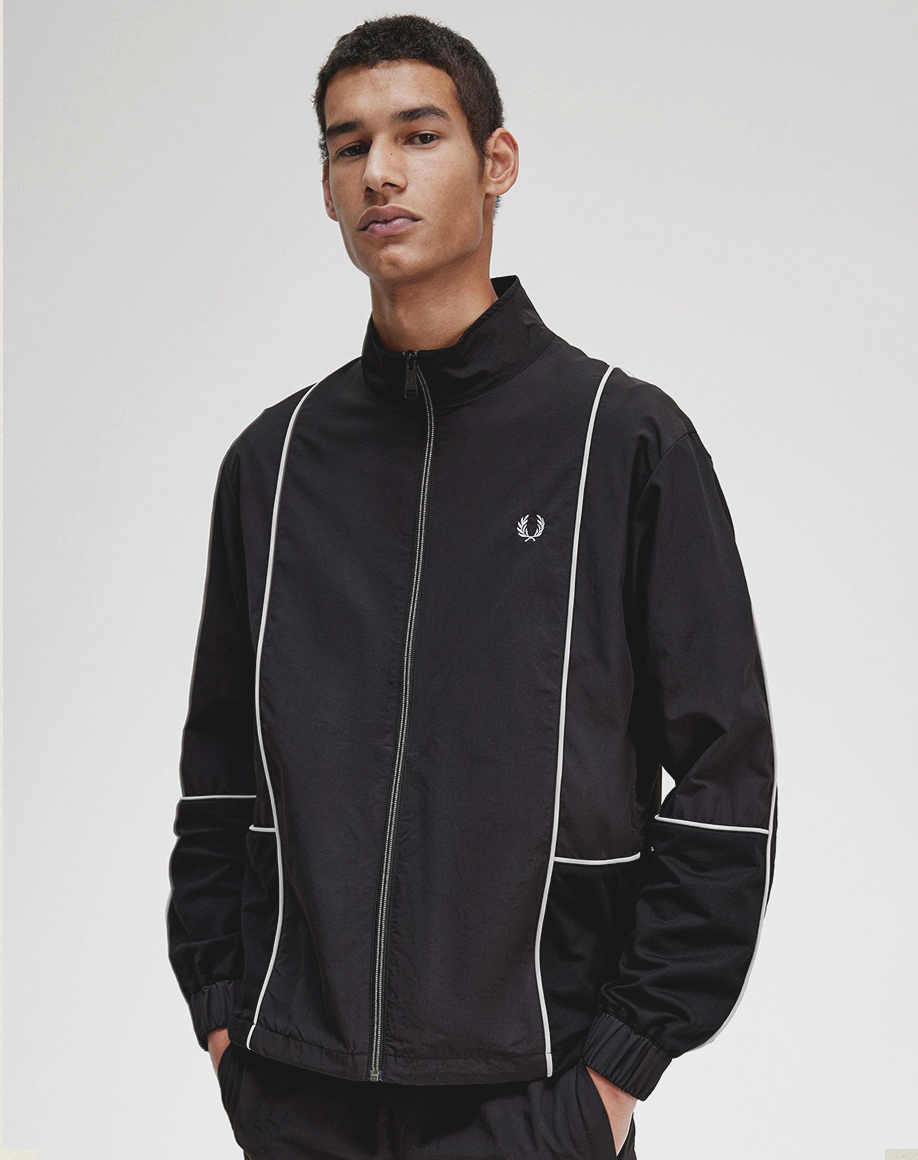
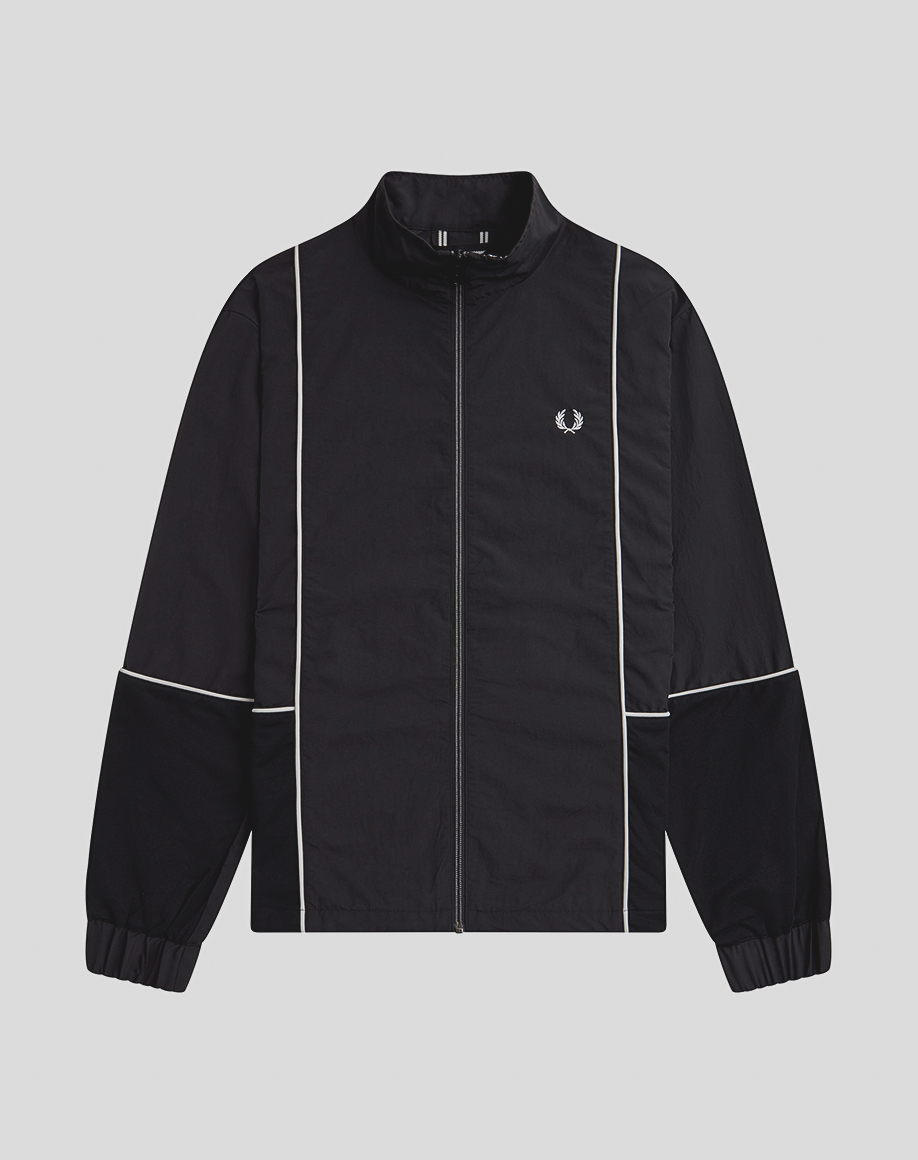
The technical tracksuit represents sportswear’s subversive journey from our playing fields to the streets, bridging performance and an irrepressible anti-fashion spirit. Accessible, aspirational, and yet culturally relevant. Mocked in the past as a symbol of the dispossessed, the shell suit of today is no joking matter.
